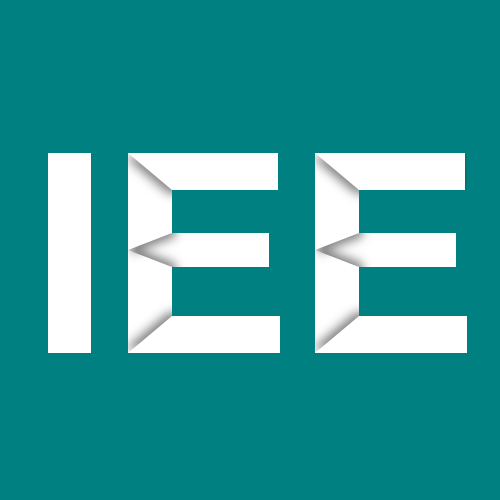
The Low-carbon Expansion Generation Optimization (LEGO) open source model is a mixed-integer quadratically constrained expansion planning program capable of optimizing generation and transmission investments, as well as operating decisions for current and future highly-renewable power systems.
LEGO is a complex yet easy to handle multitool, applicable for academic research, commissioned research projects, as well as teaching. LEGO’s modeling philosophies are: modularity and flexibility. Its underlying temporal framework enables addressing a plethora of technical, economic, and policy studies. Depending on a studies’ scope one can compose their individual modeling environment of interest, by simply deciding which thematic LEGO blocks to use and which to omit.
Model Description
Its unique temporal structure allows LEGO to work with either chronological hourly data or all types of representative time periods. LEGO enables the modeling of short- and long-term storage technologies using representative time periods. For example, the long-term operation of large water reservoirs can be represented without sacrificing the computational advantages of representative time periods.



